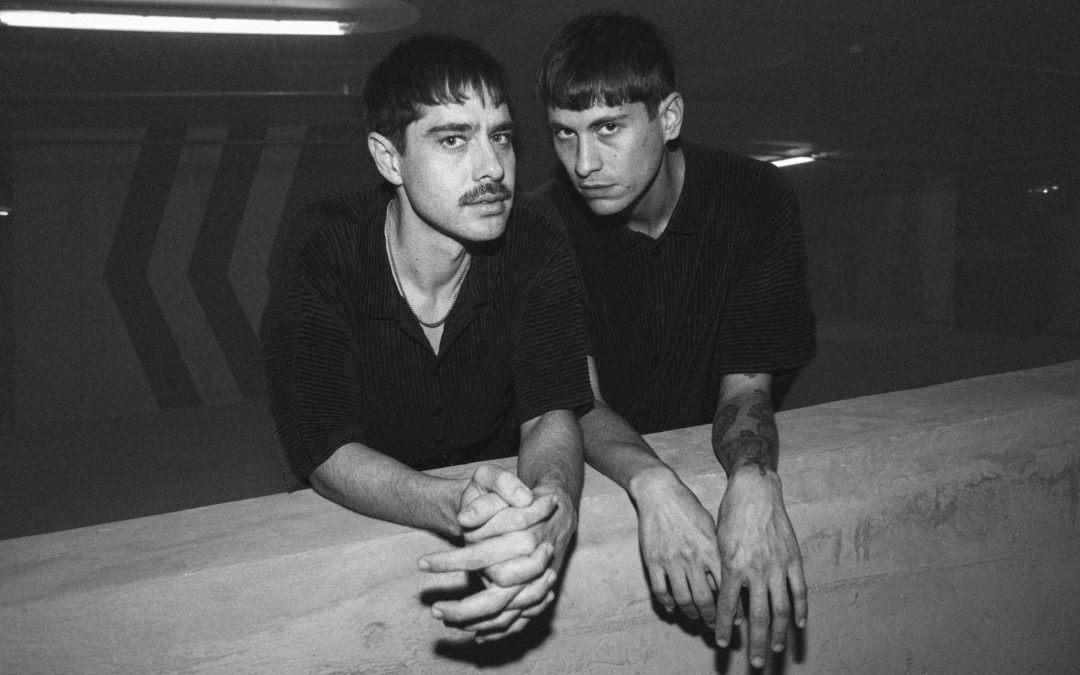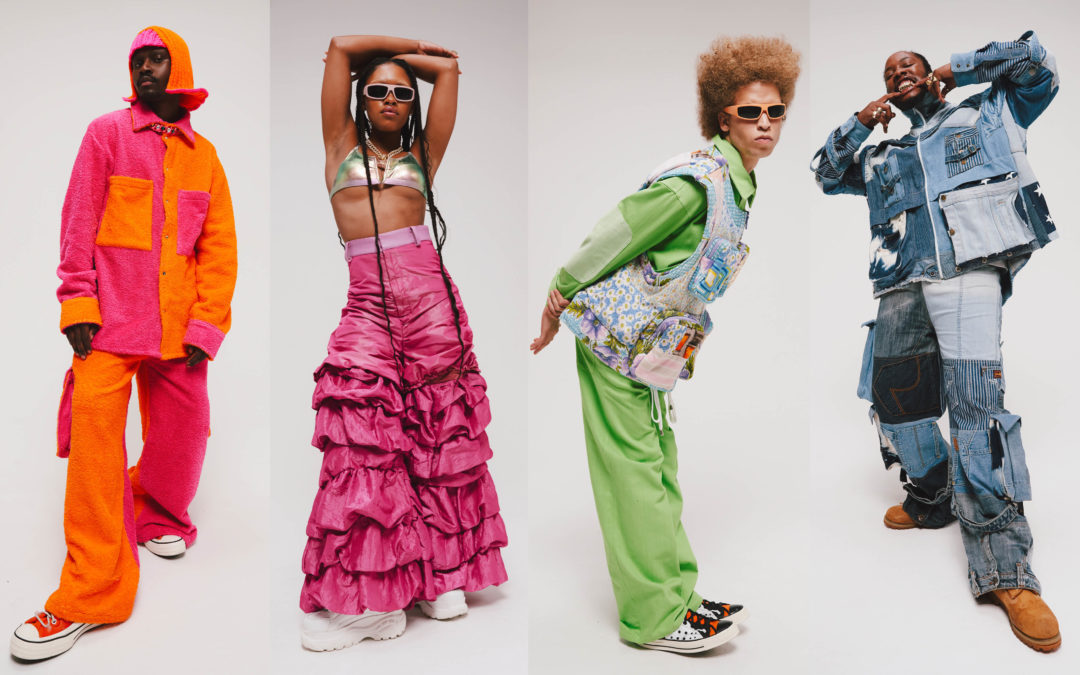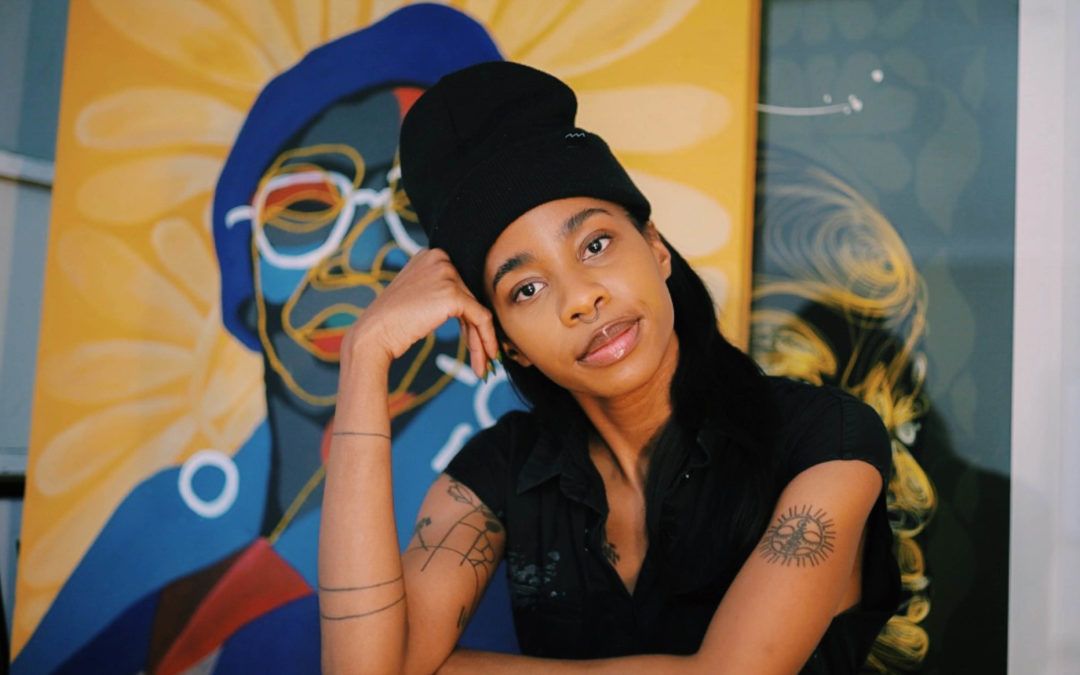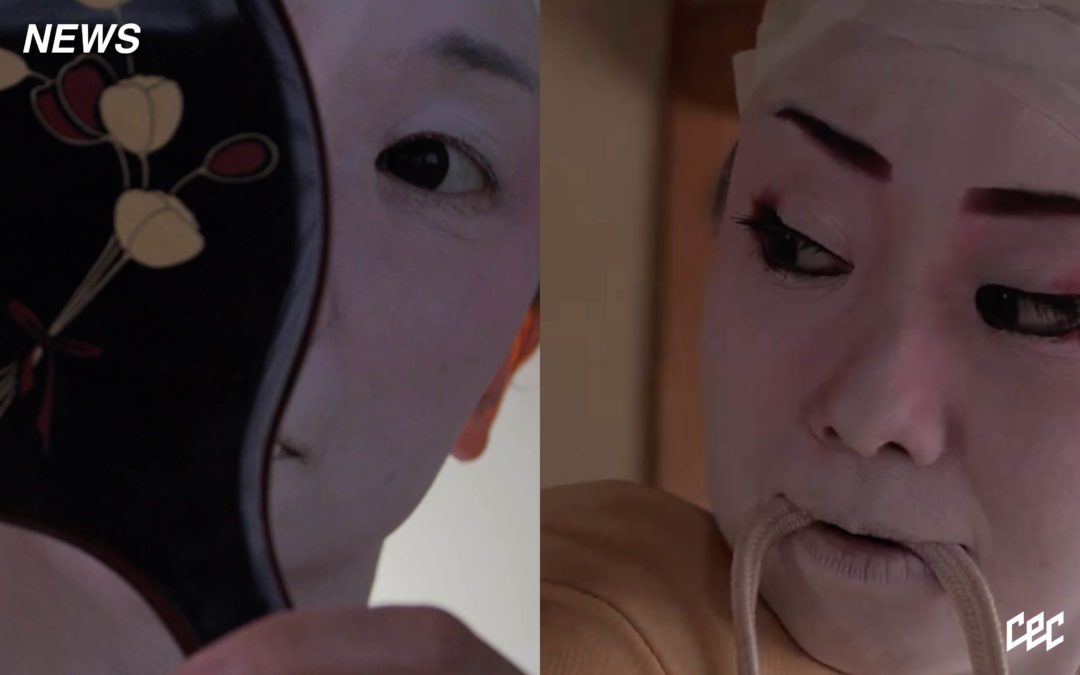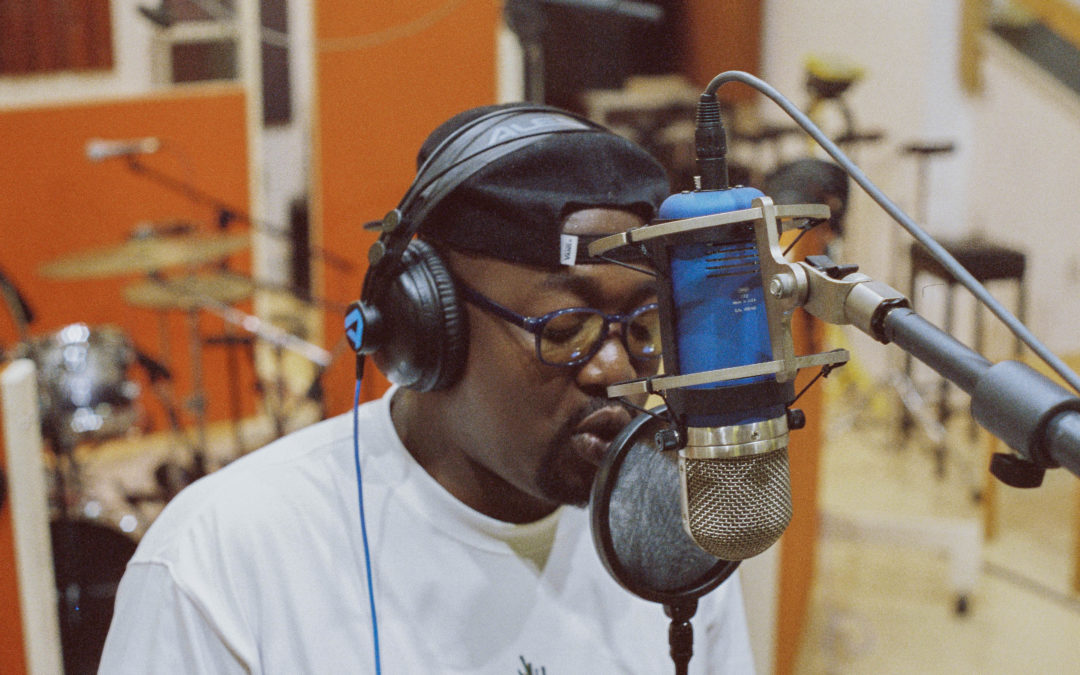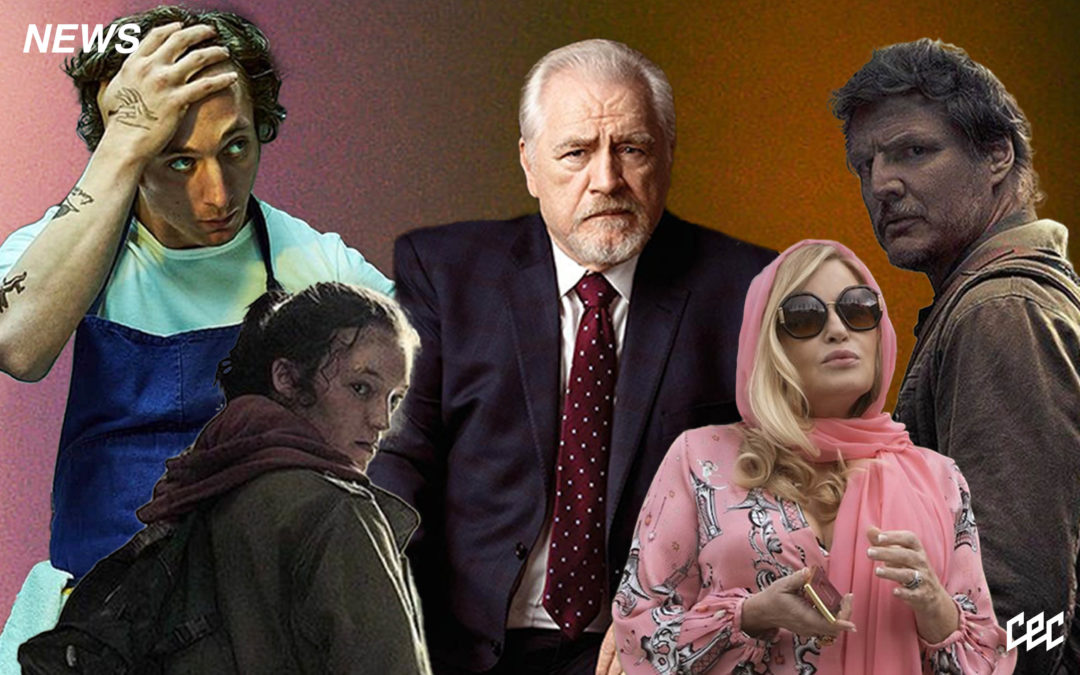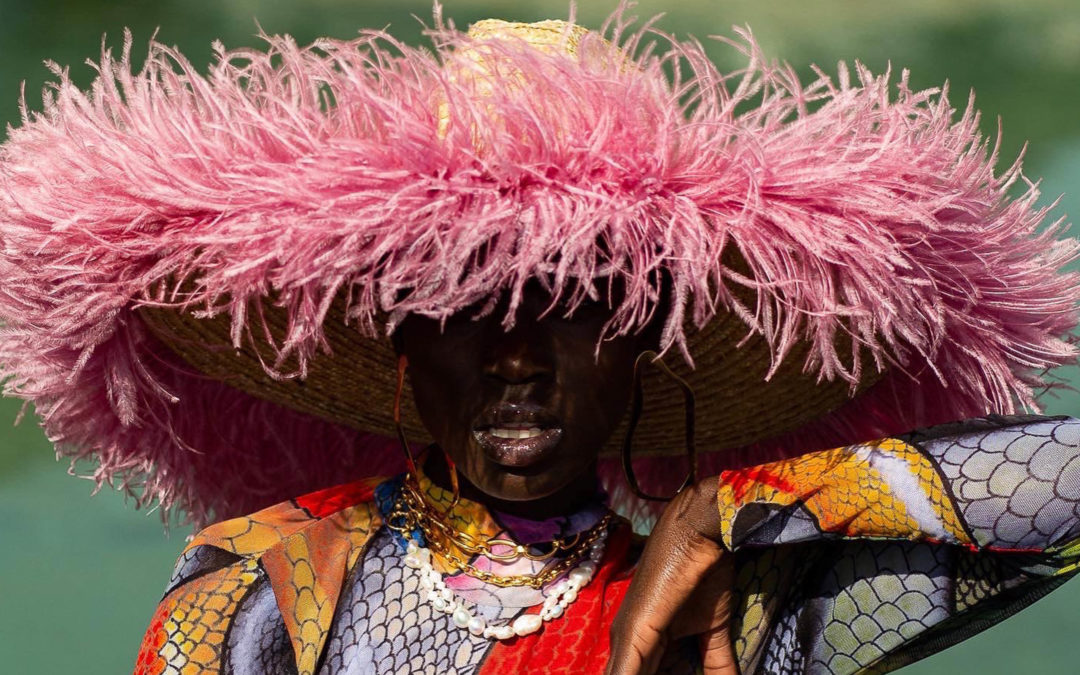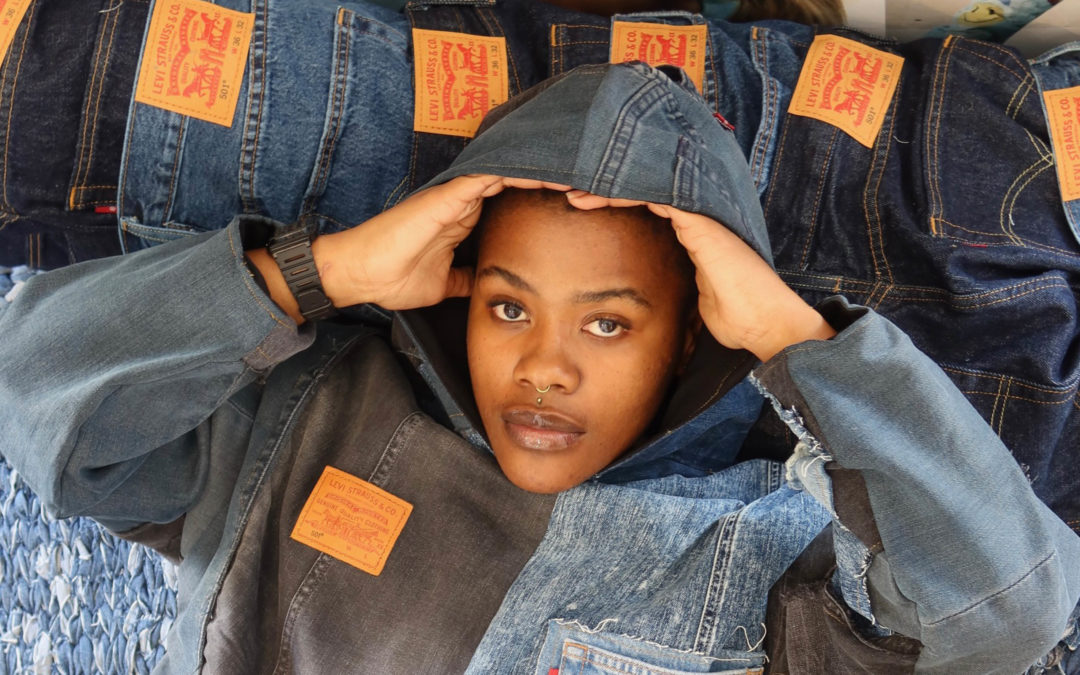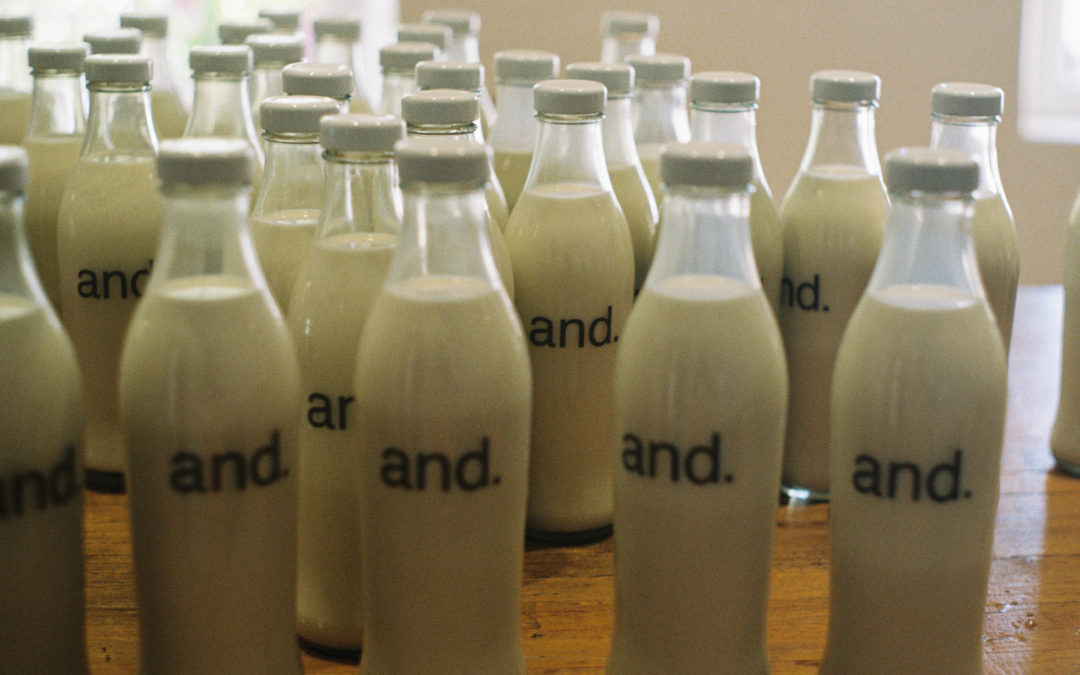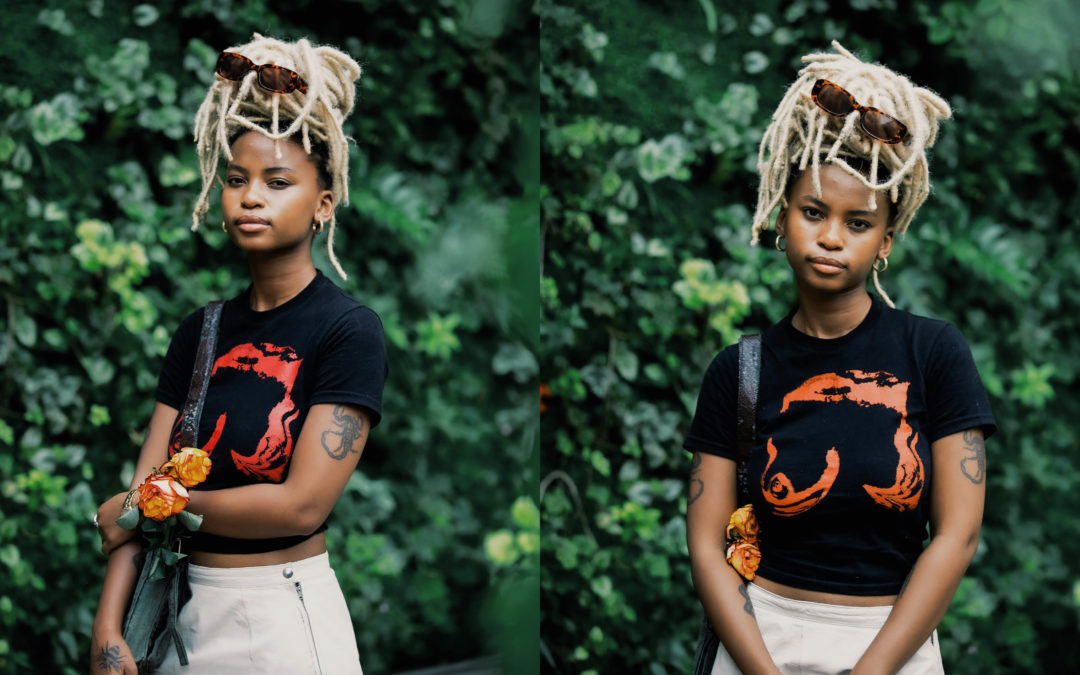Photography is a medium for the ever-curious – creatives intent on capturing reality into archival segments, each image forming a greater narrative or story. Reality speaks itself through the lens, and particularly so for photographers like Paul Shiakallis, for whom image-making is best left unfiltered. Although a commercial photographer by day, as many have to be career-wise, Paul’s personal projects reflect the vision of photography as a socially-engaged endeavour; the pursuit of etching memories into pixels, moments into static echos of culture, community – and the human spirit. The child of Cypriot refugees from the Turkish invasion in 1974, Paul is a South African-Cypriot creative for whom the camera is his second set of eyes; often able to see what he cannot initially, and simultaneously the only tool that can capture what he does see.
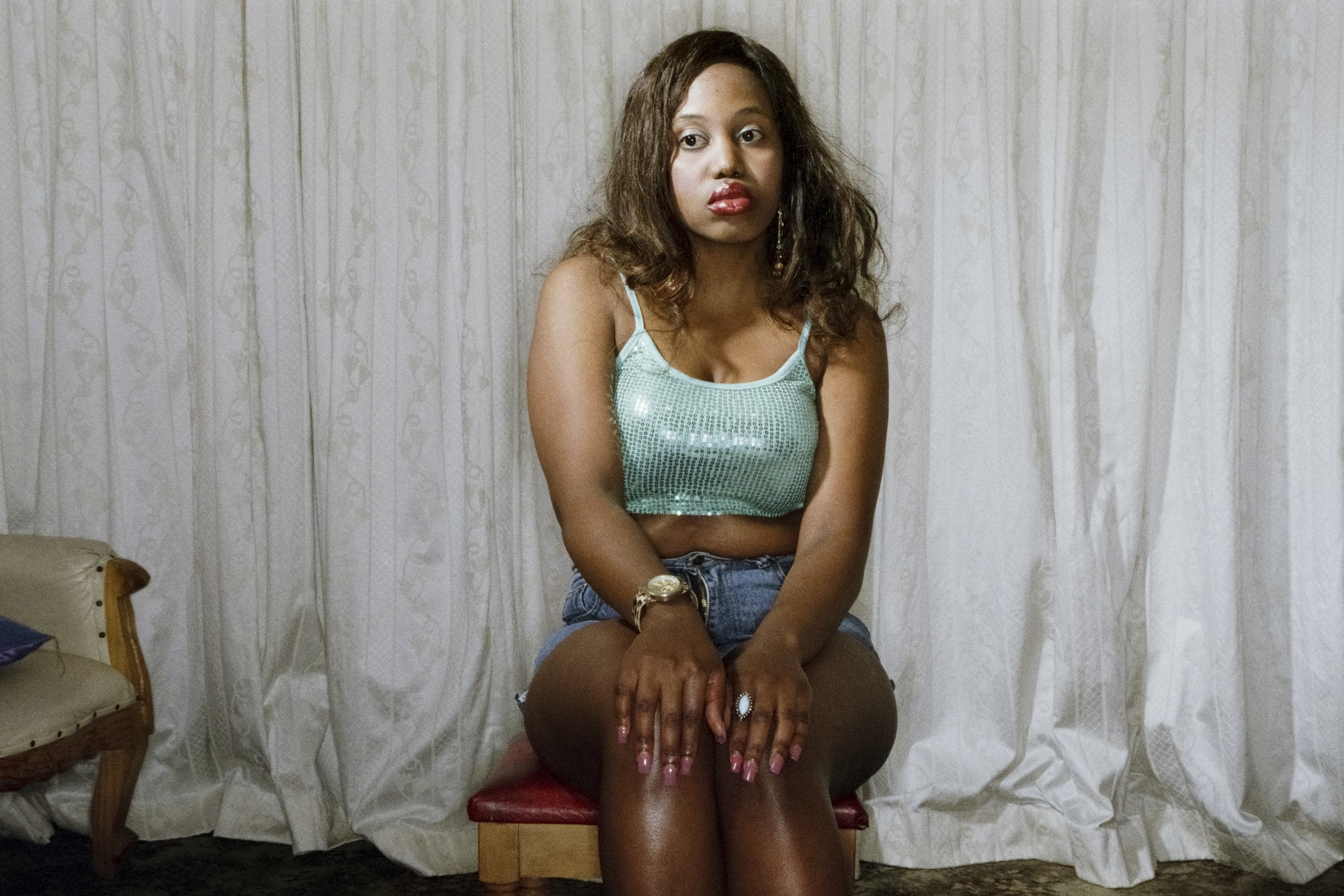
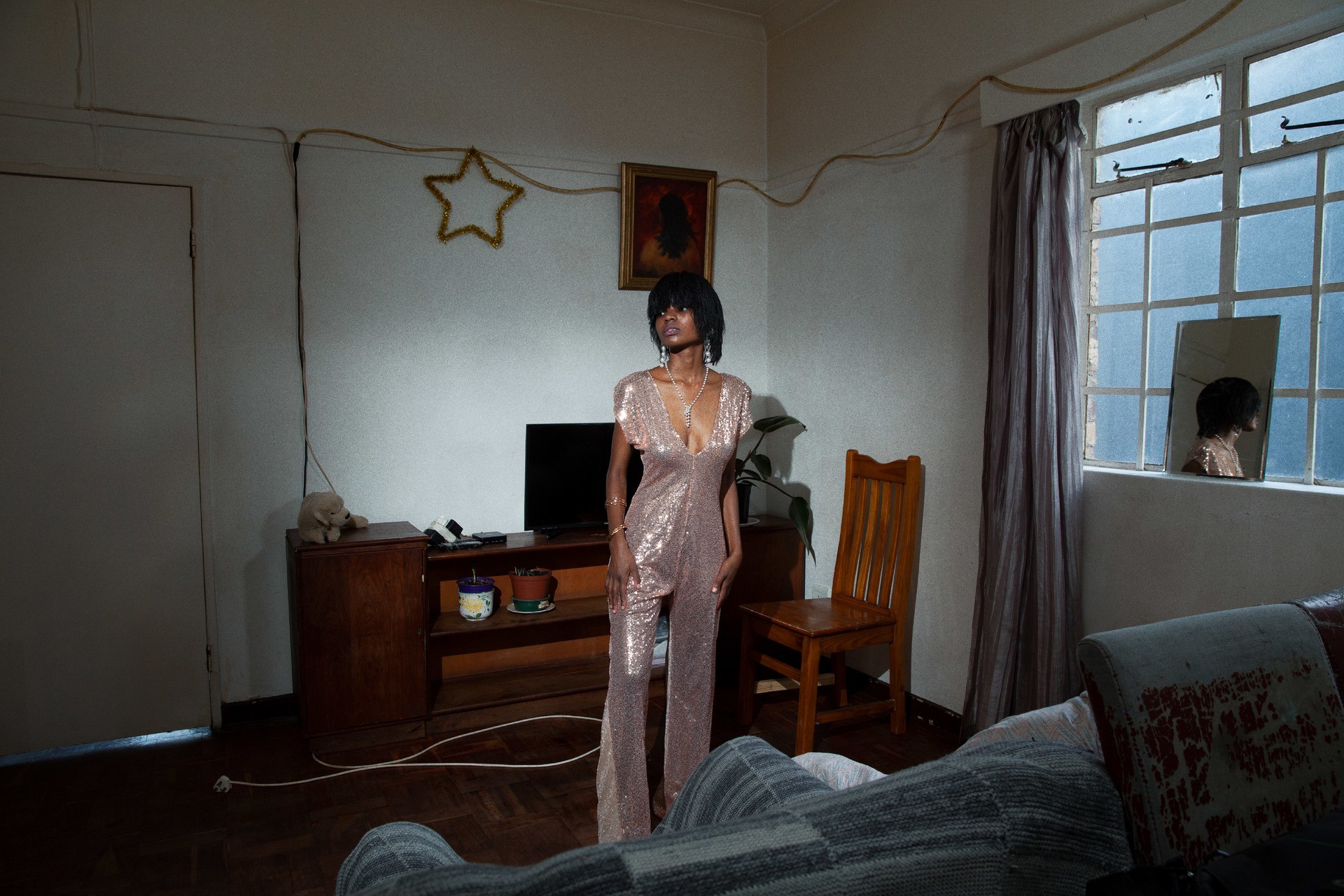
‘’I guess it started with my father taking up photography as a hobby. Having a film camera and taking snaps of family, friends – that was really formative for me. His story with photography began in Cyprus, as a teenager. I remember seeing this specific set of images he had taken of he and three friends, who were all part of a band – except himself. He was the outsider, always – a nerdy dude with a camera, on the periphery but instrumental in holding those moments. These were from the ‘60s, so the friends / band members were wearing suits – Beatles styles. He was doing a lot of selfies too. He never took it up professionally, but then I became interested in it. My dad would leave the camera, film – projectors – all the bits and pieces while he worked long hours in their shop. I loved the smell of old film, the mechanics of it. That led to learning on my own accord, and joining the photography club at school.” Paul reflects on the image-makers lineage he comes from, detailing what led to the bond between he and his father; learning to shoot, and create in this visual language. After school, Paul did what many creatives have to – negotiate their way through the initial pleas of parents to study ‘something serious, 9 – 5’ – something safe in which to contain their children’s future. On this Paul said, “I think they didn’t believe in the arts, I think they wanted me to have security. Now, I’d probably advise my own kids the same things – after getting a home loan, especially” Paul laughs, although I know he – nor any creative worth their salt – could ever really leave their desire to create at the doorstep of predictability. It is simply not in us, and so the hybridity of the commercial landscape fills that space; and personal projects manifest in between. For Paul, the interest in photographing everyday people came from working in his parents’ shop – working on the tills alongside his brothers, interacting with a variety of people from varying backgrounds and perspectives.
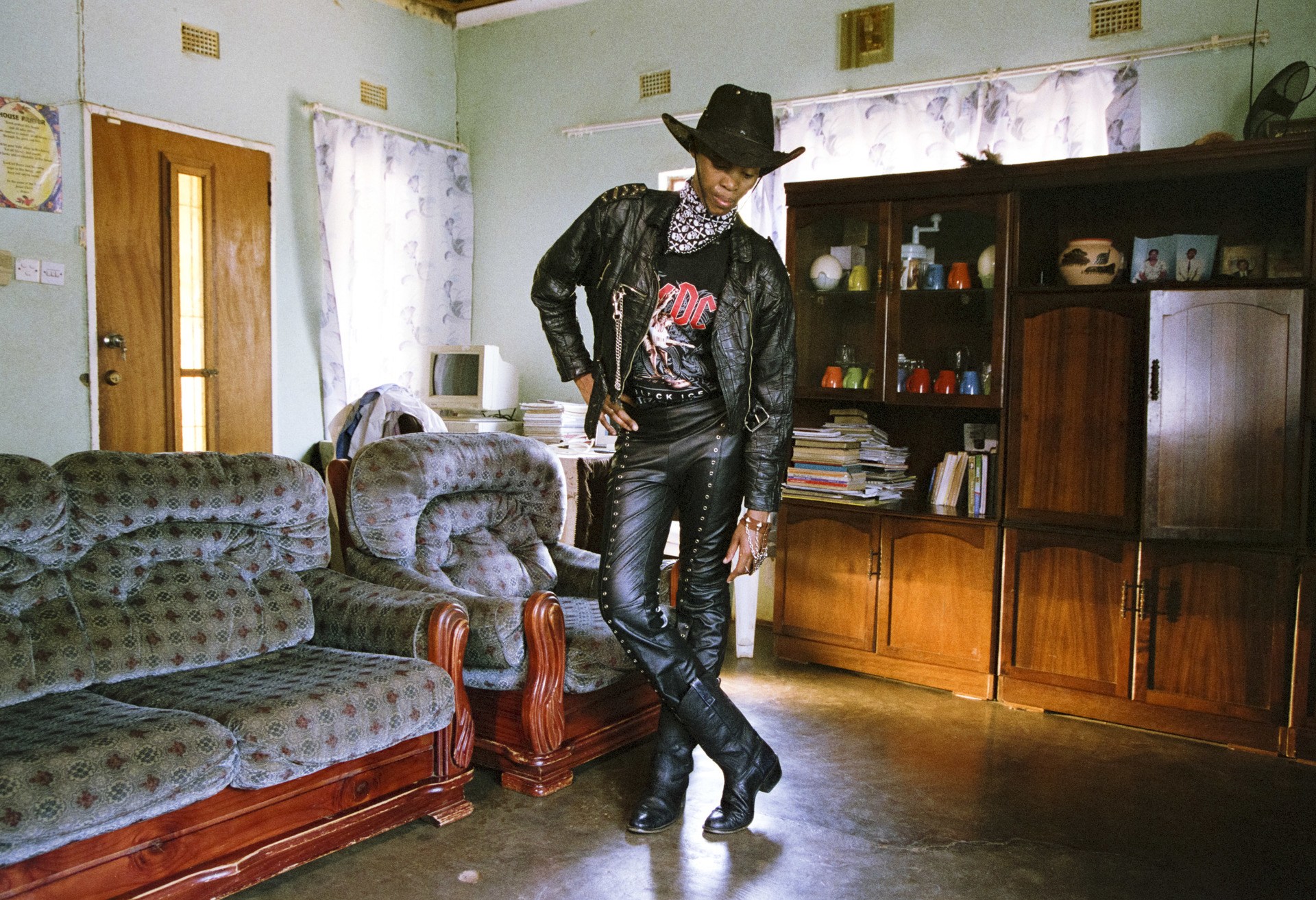
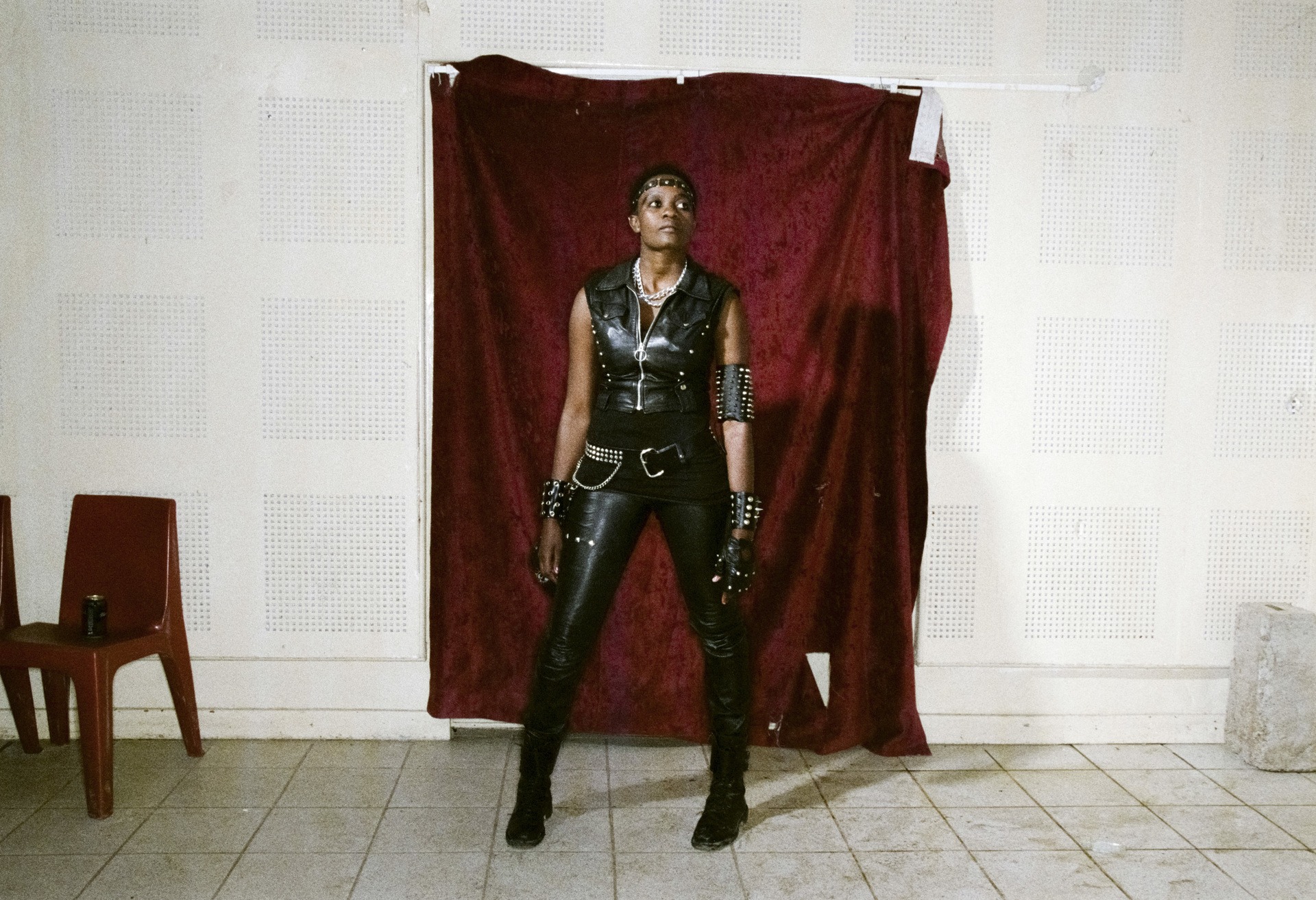
Stylistically, I can’t help but be reminded of the great Wolfgang Tillmans when viewing Paul’s work; the casual honestly, and observational nature – the kind of photography that emerged in the 90s as an antidote to the highly glamorised, caked over editorial buzz of the previous decade. Now, we are somewhere in between; contemporary photography is a vivid spectrum of all optical possibilities. Wolfgang often muses that his works are the observations of the people around him performing – even just as themselves – putting on clothing, or draped or intertwined in poses, and that the casual nature arises from subjects arriving to the moment as much as he does. Paul’s personal projects echo this. His standout series, The Queens of Marok, has been published by over 35 online and print publications; its story of liberation for the Queens themselves, and how Paul was welcomed by this community is a lesson to be detailed on the very sacred responsibility of photographers between voyeurism, and respectful collaboration. Through a series of events, as Paul will detail soon, the metal-heads of Botswana are a vision of leather, tassels, vintage band tees – grit and defiance – a phenomenal anecdote of the punk spirit as inseparable from black consciousness. The two remain original and interdependent; no matter how white-washed ‘rock’ has come to be known.“Irreverent and dissenting from all orthodox prescriptions of what it means to be black and African, evolved a subculture of black metal heads known as the Marok. Set among ordinary and familiar surroundings, extended farm lands, endless skies, white domestic walls, worn sofas and tired kitchen cupboards, these women, some mothers and others wives, are a blunt rebellion amidst the ordinary of their lives,” says the artist statement written by Mlilo Mpondo.
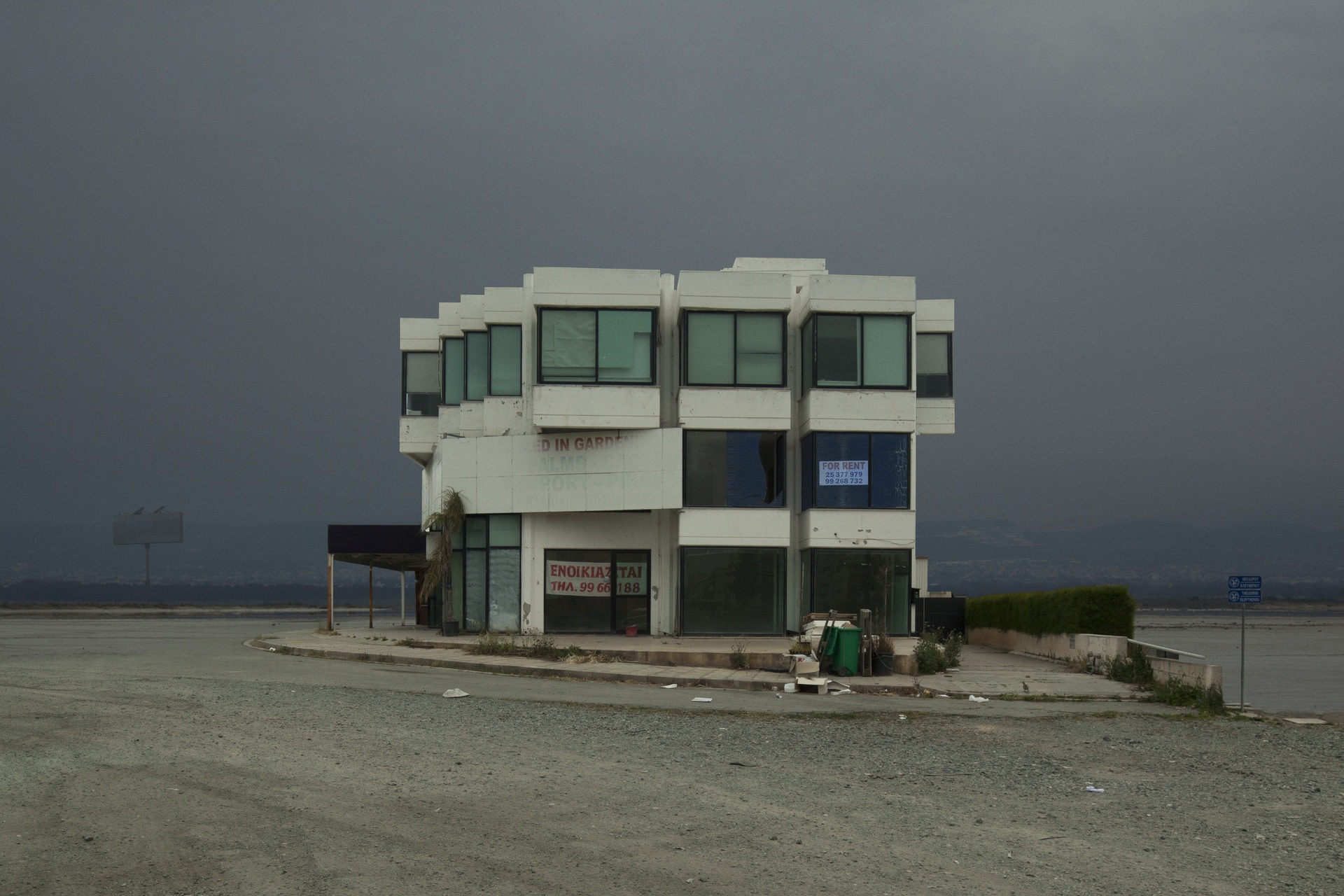
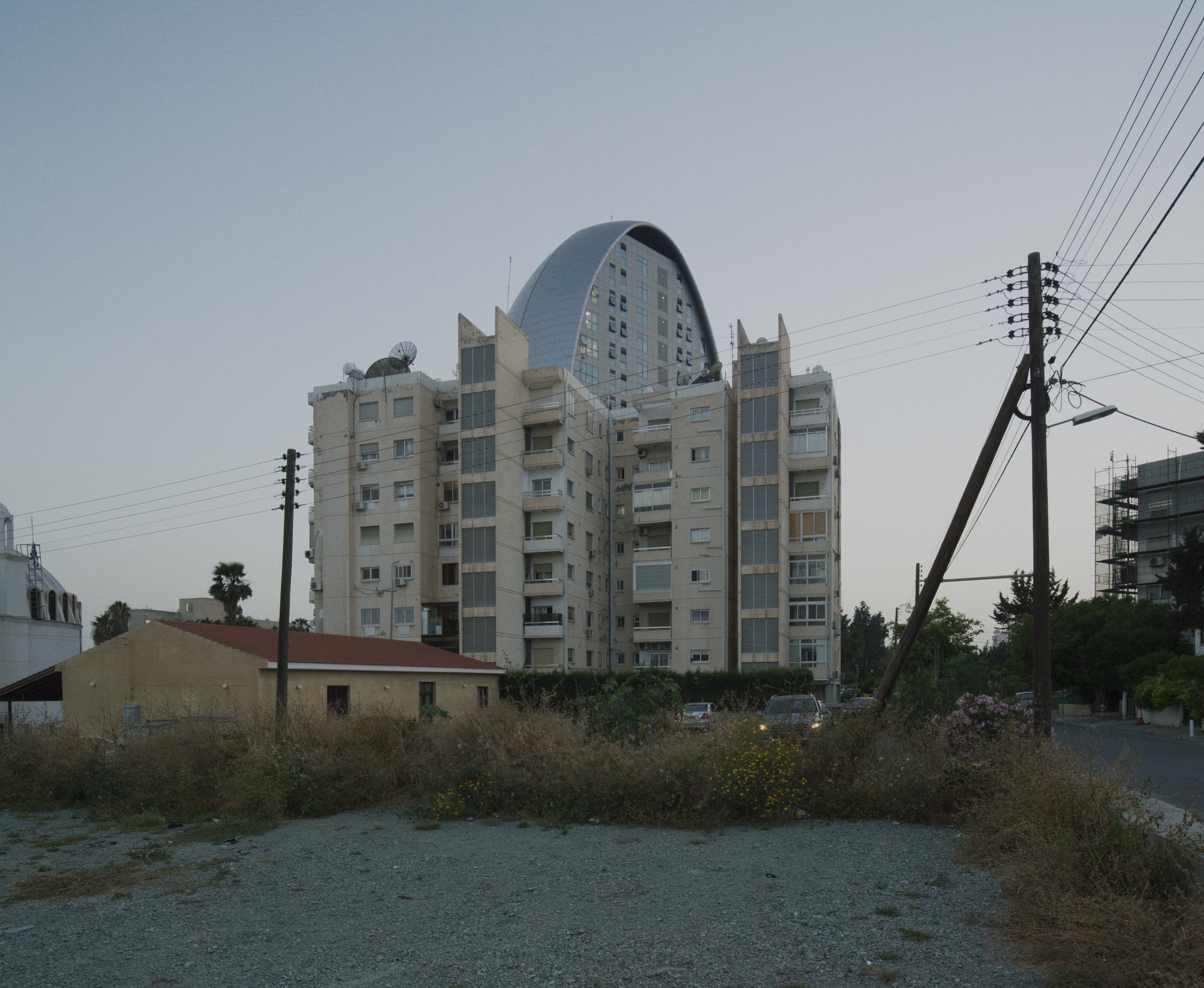
The series was the outcome of a friendship for Paul – a friend who had invited him to Gaborone over the years, which for those in Gauteng – is only a mere three hour drive. On one trip, Paul went to a Woodstock festival – a Gaboronian edition of the iconic rock & folk festival – to which Paul says, “I first saw guys wearing cowboy hats, and leathers – and subsequently found out that their gear was not solely for the festival. In fact, they formed part of a larger subcultural network of metalheads. While I was there, Frank Marshall was one of the first to shoot the Marok. Suddenly a whole lot of news agencies were rocking up to have their share of what the Marok were doing. At that stage, I was watching from a distance – I didn’t really get involved. That was in 2011, and my project came about in 2014. When I found myself back in Gaborone in 2014, when my friend got married, and the day after the wedding – her dad had organised a gig. That was the first time I had ever met the women of the scene – who call themselves “queens’’. They were letting go completely – watching them in this catharsis, of being raucous, and in a way that was so free and joyful. Especially in light of how conservative Botswana is.” Across Botswana, members of Marok – even in their work attire – will have a chain or tricket, marking their allegiance to the movement. For the women, it is far more subtle – and after Paul connected with one of the Queens, he was welcomed to capture them in the intimacy of their homes and spaces. I ask, curiously, Paul’s thoughts on the line between voyeurism and earnest collaboration – particularly outside of a studio context, and within the lived spaces and context of real people. Paul speaks to this, ‘’I didn’t go to Botswana seeking out the Marok community, and by nature of hanging out in similar spaces, I was able to connect with one of the women who then introduced me to the other Queens, and who ‘vetted’ me in that way. Really, it’s about time and trust. For me, the biggest thing is also to be upfront – no hidden agendas – I always tell people I am a photographer, and offer the reason why I would like to photograph them. Whether the exchange is monetary, or them wanting prints of the work or to do family portraits afterwards – it was about being clear in my intention, and their autonomy throughout the process. Also, it’s important to note that the project wasn’t some sort of activism – as a white man, that would be really disingenuous – but the project has had ripple effects.”
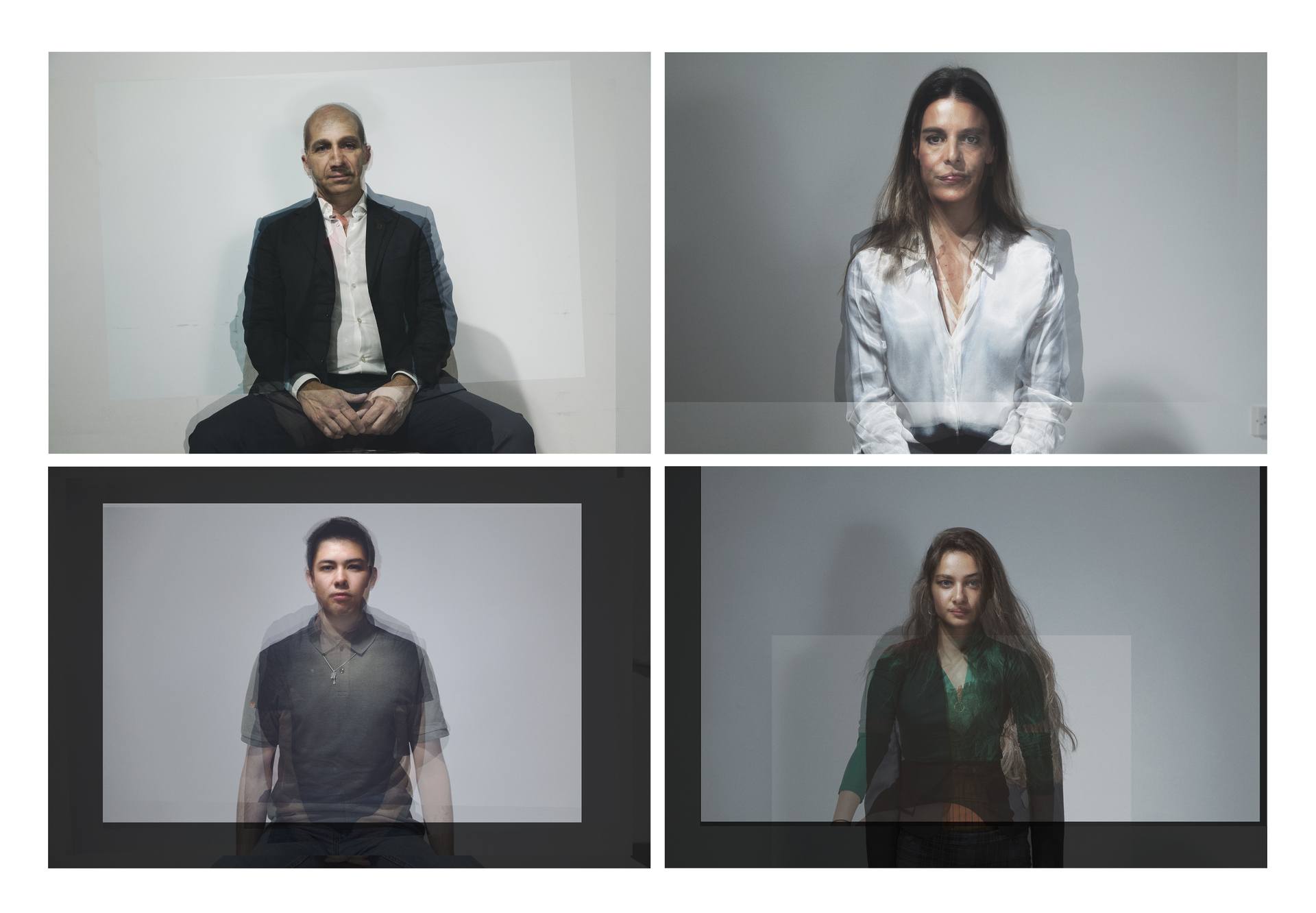
Paul collaborated with a writer for another standout series, Cyprus for Sale – the path of collaboration being his primary interest as a creative. In a bid to recover financially from the 2008 recession, Cyprus enacted “golden VISAS’’ – granting applicants from around the world EU status and property ownership through a largely unchecked – and corrupt – path. Leading to a problem on the island of fugitives laundering money, and marginalising the local population. For Paul, this project strikes at the land of his parents being passed through many hands – not since their own move from the island in the ‘70s – and speaks to the deep disarray of financial and legal institutions endemic to the whole world. The people in the series are actors, styled and shot to mimic ordinary figures caught in this web. Paul says, “My parents were born in Cyprus and became refugees of Cyprus from the Turkish invasion of 1974; Cyprus was always a hot topic at the supper table. How they had lost their land, their properties, their farms etc. Cyprus has for centuries been a country in demand by the superpowers due to its ’strategic’ location and has endured being conquered by various nations through the ages. Corruption is universal, and the same people who are supposed to be protecting it are selling it off to fill their own pockets. Although I have only visited Cyprus on average every ten years since I was born, I have had an intimate affiliation to it. My early projects in Cyprus were portrait and landscape orientated; food was familiar but family were strangers. And of course having the opportunity to visit my parents’ homes in the Turkish side of Cyprus I felt closer to my roots and more empathetic to Cyprus’ problems. I think the topic of ‘Cyprus for Sale’ is personal in the sense that coming from South Africa, with our own experiences of corruption, the project revealed parallels in Cyprus.”
For now, Paul is firmly rooted in South Africa. As many of us know, the grass always seems greener – yet, Johannesburg is more pulsing and energised with possibility than ever before. With a working relationship with Bubblegum Club Magazine, the commercial spaces of TVCs and campaigns – and all the creative energy flowing – the visual landscape of our country is enough for Paul. We can’t wait to see the personal series that breakout in between.
Written by: Holly Beaton
For more news, visit the Connect Everything Collective homepage www.ceconline.co.za

